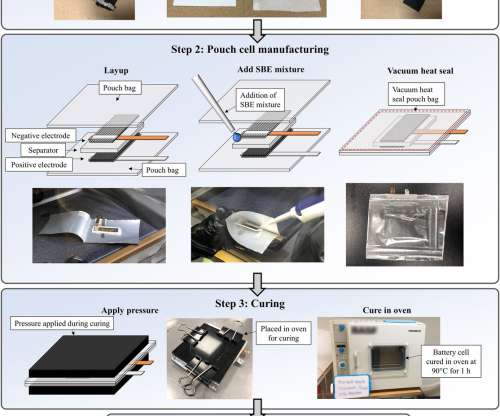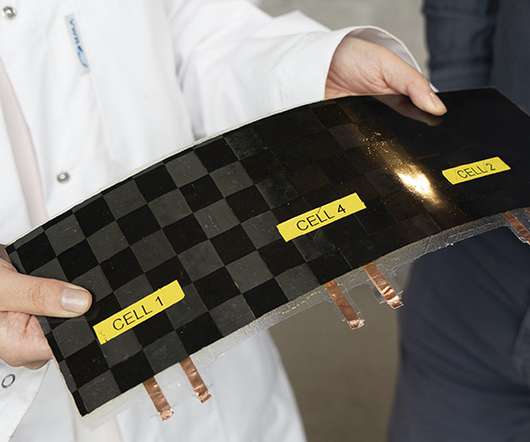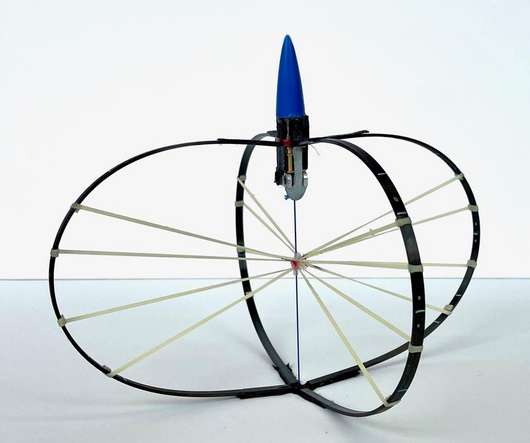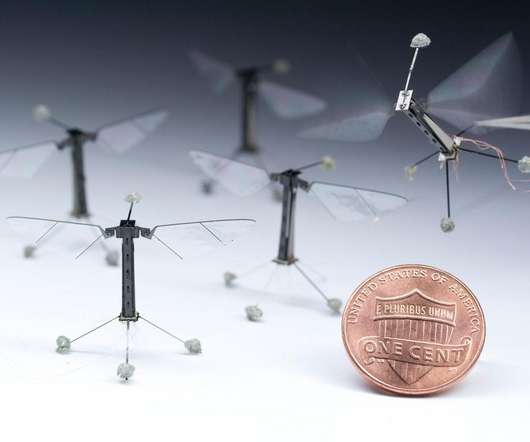Chalmers team develops structural battery that performs 10x better than previous versions
Green Car Congress
MARCH 23, 2021
Researchers from Chalmers University of Technology, in collaboration with KTH Royal Institute of Technology in Stockholm, have produced a structural battery that performs ten times better than all previous versions. It contains carbon fiber that serves simultaneously as an electrode, conductor, and load-bearing material.
































Let's personalize your content